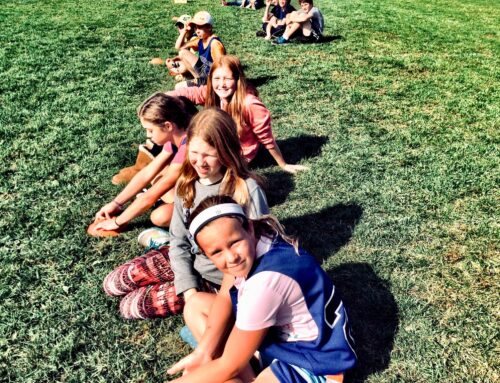Differentiating Between Grief and Complicated Grief
What is Grief?
Grief is multifaceted. It is a normal and natural emotional response to loss or change of any kind. Death of a loved one is believed to be the most powerful form of stress in everyday life. For those who are close to the deceased, this stressor may cause significant distress. It may kindle conflicting feelings. Grief is not limited to death of a loved one but includes loss.
Grief may be extremely painful, consuming, possibly disruptive and yet tolerable. For many it is time limited and treatment is not required. However, both grief and complicated grief may lead to major depression with can severely impact a person’s quality of life, functioning, and be life threatening if left untreated (Zisook and Shear, 2009). Grief and bereavement are often interchanged in the literature. Grief consists of the emotional, behavioural, cognitive, and functional responses to a death or loss. Bereavement, broadly speaking, is the period of sadness that follows a loss (MacWillliam, 2017).
What is Complicated Grief?
“Persistent complex bereavement disorder” is another name for complicated grief. Complicated grief is also referred to as unresolved or traumatic grief. This is differentiated from “normal” grief in that it is a syndrome of prolonged and intense grief (longer than 6 months) which creates severe impairment of healthy functioning and quality of life. “Complicated grief…keeps you from healing” (MacWilliam, 2017, p.33).
Many of the symptoms of grief and complicated grief are the same – but it is the intensity and duration of one’s grief that renders the difference.
Common Perceptions of Grief
When we experience any kind of loss, grief is a normal reaction. In our society we have been socialized to believe that we need to avoid pain and “just move on.” “Get over it” is a familiar refrain.
Many people think of Swiss psychiatrist Kubler-Ross’ five stage model when they conceptualize their view of grief. Her original work was based on patients who were dying, not the loved ones surrounding them. She found that those grieving experienced grief in very similar, if not identical, stages when confronted with the death or loss of a loved one.
However, grief is not linear, which she later thought people had misunderstood. Not everyone experiences all the stages, and the stages are not sequential. Unfortunately, there are those who feel they have failed unless they have proceeded through the five stages (denial, anger, bargaining, depression, acceptance) in a suitable time frame. Grief is unique to an individual.
What about Children?
Children learn from their parents and significant others, “what feelings and thoughts are acceptable” and those that are not. (MacWilliam, 2017). The depth of one’s grief is different for everyone, and MacWilliam (2017) posits the underpinnings of grief are related to our earliest attachment models. Thus, the despair experienced by an individual often relates to his or her “unfinished business” with the deceased and cannot be categorized into a specific stage or type of loss.
How a grieving child presents can be very different than an adult. We may conclude that a child is not deeply impacted by a loss. Erroneously, we may underestimate how deeply impacted a child may be by a loss. Vollman states “children are unable to immerse themselves thoroughly in grief because of their developmental level.” (Vollman cited in MacWilliam, 2017, p.306).
A child or adolescent’s ability to make meaning of their loss is greatly determined by their age and will change as they get older. Thus, in order to comprehend how children, experience bereavement we need to consider their developmental competence to comprehend and process the loss.
There are many articles written about children and complicated grief. I would suggest that you read: Complicated Grief, Attachment and Art Therapy | Theory, Treatment, and 14 Ready-To-Use Protocols for a more thorough examination on the subject. This book is edited by Briana MacWilliam, published in 2017 by Jessica Kingsley.
Blog written by:
Sharon Trottier, DTATI (Art Therapy), BA, Registered Member of CATA
Art Therapist
Registered Psychotherapist (Qualifying)



